Wednesday, September 24th 2014
SEI is pleased to post job openings from member companies and partners, as a means of effectively reaching qualified, local candidates in the smart energy industry. Additionally, SEI staff can review applications on you company’s behalf. If you’d liked to post a Job Alert, send descriptions and application instructions to Will Williams.
Title: Energy Lending Specialist at the Keystone Energy Efficiency Alliance
Job Description
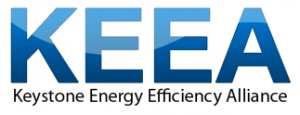 The Keystone Energy Efficiency Alliance (KEEA) is a non-profit, tax-exempt 501(c)(6) corporation dedicated to promoting the energy efficiency and renewable energy industries in Pennsylvania. KEEA advocates on behalf of energy efficiency and renewable energy professionals on the local, state, and federal levels. By representing the interests of the clean energy industry in Pennsylvania, KEEA is growing the market for energy efficiency and helping the Keystone State secure a prosperous, sustainable tomorrow.
The Keystone Energy Efficiency Alliance (KEEA) is a non-profit, tax-exempt 501(c)(6) corporation dedicated to promoting the energy efficiency and renewable energy industries in Pennsylvania. KEEA advocates on behalf of energy efficiency and renewable energy professionals on the local, state, and federal levels. By representing the interests of the clean energy industry in Pennsylvania, KEEA is growing the market for energy efficiency and helping the Keystone State secure a prosperous, sustainable tomorrow.
KEEA works along with its 501(c)(3) sister organization, the KEEA Energy Education Fund with the mission to increase the energy efficiency of Pennsylvania’s buildings through advocacy, education, and training.
KEEA & KEEF have an ambitious energy policy agenda to modernize utilities and energy markets in Pennsylvania. We have shown tremendous entrepreneurial growth over the last several years and now seek additional team members to help us take the next steps.
Position Summary: The Keystone Energy Efficiency Alliance (KEEA) and KEEA Energy Education Fund are soliciting applications for a full-time Associate, Communications & Programs.
Responsibilities: The Associate will be the ‘chief creative officer’ and ‘chief communications officer’ in the organization to design and market programs and membership to achieve KEEA/KEEF program objectives.
Reports to
Executive Director, Senior Policy Associate.
Oversees
Consultants, interns, and volunteers.
Project Focus
This role has two major communications-based functions: programs and membership. Both of these involve constant outreach and project coordination, leveraging web, phone, in person and other communication platforms. In other respects, these two major functions are quite different. In terms of the first capacity, the Associate drives KEEA/KEEF’s program initiatives to advance energy efficiency in buildings in Pennsylvania. This involves managing initiatives that are communication-focused, reaching business, policy and other leaders across Pennsylvania to support energy efficiency, particularly among electric utility programs. These initiatives include hosting an annual energy policy conference and schools award program, as well as, other initiatives.
In the second capacity, the Associate will design marketing programs to convey the value proposition of membership and maintain regular communications with energy efficiency business members including developing and sharing creative e-mail and newsletter updates on KEEA/KEEF activities across the organization and Pennsylvania-specific policy and market developments. The Associate is responsible for facilitating member acquisition, retention, and development.
Other Responsibilities
Event management, coordination of webinars, website content creation, CRM management, technology strategy.
Qualifications
Bachelor’s degree. 2-5 years of professional experience and/or degree in education, marketing, journalism, public relations, business, energy or other relevant field.
The ideal candidate will have many of the following personal and professional skills to be successful in this role:
• Creative problem solving abilities, including in the development and execution of marketing programs.
• Strong narrative and persuasive writing skills.
• Strong ability to communicate technical, as well as, non-technical information clearly.
• Strong technical research, analytical and quantitative skills.
• Demonstrated ability to work independently, as well as, on teams.
• Familiarity with economics, public policy, energy efficiency utility programs and technology, and climate change policy.
• Interest in energy efficiency and other advanced energy.
• Ability to foster and grow relationships with key partners.
• Vision and a tireless work ethic.
• Flexibility to wear many hats in an entrepreneurial organization.
• Proficiency in Drupal web design, Vertical Response web newsletters, Sales Force customer relationship management and Google applications.
• Proficiency in MS Word, Powerpoint, Excel.
• Demonstrated ability in writing funding proposals and reports.
• Successful training and management of volunteers, interns, & consultants.
• Experience in media platform development.
Workplace Policy: KEEA is committed to workplace diversity and inclusion and hires on merit.
Compensation
$40,000 – $50,000 commensurate with experience. Competitive benefit package. Successful candidate is expected to remain in and grow in the organization for at least two years, pending funding.
To Apply
Please send your complete application (resume, cover letter, two relevant professional writing samples or other work products) to Brian Kauffman, Executive Director at bkauffman@keealliance.org. No phone calls please. Please reference where you learned of this opportunity. Thank you.
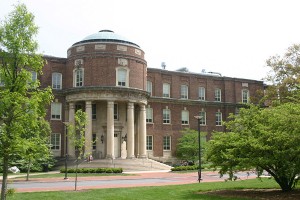 Penn State has joined the U.S. Department of Energy’s Better Buildings Challenge and pledged to reduce its building portfolio’s energy use by 20 percent over the next decade. With a commitment of 28 million square feet, Penn State becomes the largest university in the program, topping Michigan State (20 million square feet) and the University of Virginia (15 million).
Penn State has joined the U.S. Department of Energy’s Better Buildings Challenge and pledged to reduce its building portfolio’s energy use by 20 percent over the next decade. With a commitment of 28 million square feet, Penn State becomes the largest university in the program, topping Michigan State (20 million square feet) and the University of Virginia (15 million).


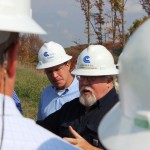
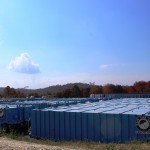

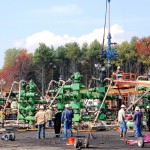




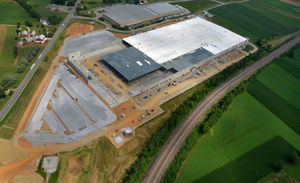 PV array.
PV array.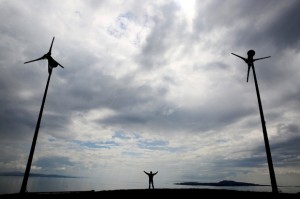

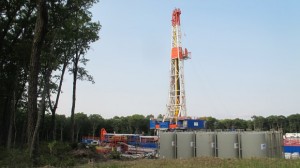
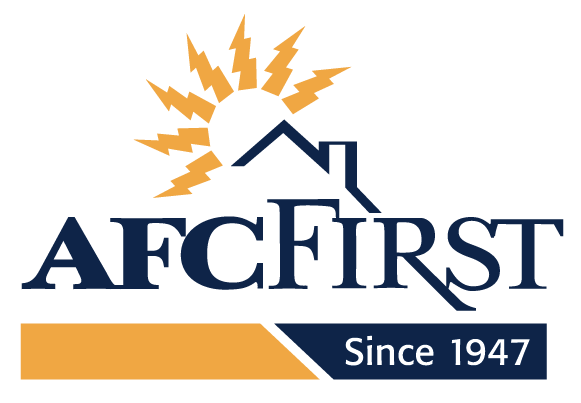 Title: Energy Lending Specialist
Title: Energy Lending Specialist
